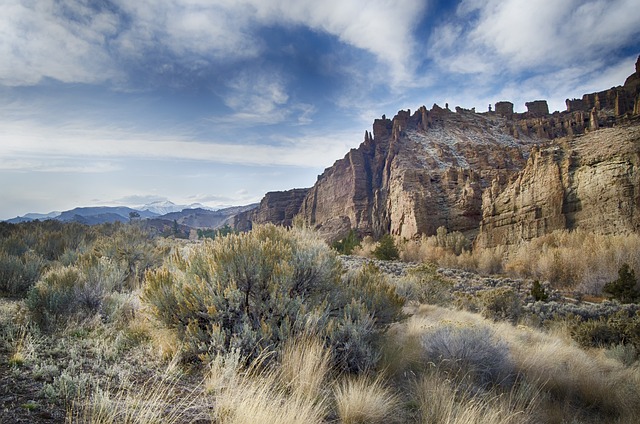Military bases worldwide often feature a standard 12 x 18 American Flag layout, balancing accessibility with security. This configuration symbolizes national pride and unity, while its size allows for visible displays and practical use in various military environments. The flag's strategic placement enhances ceremonies and serves as a powerful symbol on bases globally. When planning installations, factors like operational needs, security, and location dictate size, with remote areas requiring more space for training. Future base designs will prioritize flexibility, sustainability, and advanced technology, while iconic symbols like the 12 x 18 American Flag remain integral to military communities.
In the realm of military symbolism, the size of installations and flags holds profound significance. This article delves into the popular dimensions for military installations, focusing on the iconic 12 x 18 American Flag. We explore its historical perspective, from flag sizes to their cultural importance, offering a brief overview of how these factors influence installation design. Read on to discover common outdoor display dimensions and the key considerations behind size decisions, while also glancing into future trends shaping military flag and installation aesthetics.
- Understanding Military Installation Sizes: A Brief Overview
- The Symbolism of the 12 x 18 American Flag
- Historical Perspective: Flag Sizes and Their Significance
- Common Dimensions for Outdoor Military Displays
- Factors Influencing Installation Size Decisions
- Future Trends in Military Flag and Installation Design
Understanding Military Installation Sizes: A Brief Overview

Military installations come in various sizes, each catering to specific operational needs and strategic considerations. From small forward operating bases (FOBs) to vast air force bases spanning thousands of acres, understanding the dimensions is key to optimizing their functionality. The popular size for military installations often falls between 50 to 200 acres, offering a balance between accessibility and security.
This range allows for efficient movement of personnel and equipment while providing adequate space for training, accommodation, and support facilities. A notable example is the 12 x 18 American Flag configuration, which represents a standard layout for many bases, featuring areas dedicated to barracks, command centers, logistics hubs, and open spaces for drills and parades. This versatile size has proven effective in both domestic and international deployments, ensuring military operations can adapt to diverse environments while maintaining effectiveness.
The Symbolism of the 12 x 18 American Flag

The 12 x 18 American flag holds significant symbolism in military installations across the globe. Its dimensions, as suggested by the name, refer to the exact size of the flag, measuring twelve feet by eighteen feet. This precise ratio is not merely a coincidence; it represents the values and ideals that the United States stands for – strength, resilience, and unity. The flag’s grand stature serves as a powerful visual reminder of the military’s commitment to these principles, especially in times of service and sacrifice.
In military settings, the 12 x 18 American Flag is often prominently displayed, symbolizing not just national pride but also the dedication and courage of those who serve their country. Its size demands attention, encouraging a sense of respect and reverence among personnel and visitors alike. This flag becomes a focal point, fostering a collective understanding of shared history, values, and the higher purpose that binds them together as a military family.
Historical Perspective: Flag Sizes and Their Significance

Common Dimensions for Outdoor Military Displays

When designing outdoor military displays, one common sight is the prominent showcasing of the 12 x 18 American Flag. This size is a popular choice due to its balance between visibility and practicality. The larger dimensions ensure that the flag can be seen from various distances, ideal for installations in open fields or near main entrances.
The strategic placement of these flags often serves as a focal point, enhancing the overall aesthetic and symbolic value of the display. Many military bases incorporate this standard flag size into their ceremonial and patriotic presentations, creating a visually impactful experience for both personnel and visitors alike.
Factors Influencing Installation Size Decisions

When determining the size of a military installation, several key factors come into play. One of the most prominent considerations is the operational needs of the base. This includes the number and types of units stationed there, their specific equipment requirements, and the mission they will carry out. For instance, a facility housing special operations units may require distinct areas for training, weapons storage, and secure communications, all of which impact overall footprint.
Another critical aspect is security. Military installations must accommodate various defense mechanisms such as perimeter fences, access control points, and surveillance systems, often necessitating additional space. Furthermore, the location of the base plays a significant role; remote areas may require larger buffers for training and operational purposes, whereas urban settings might face constraints due to available land. Even symbolic elements like displaying a 12 x 18 American Flag can influence layout decisions, adding to the overall size considerations for these strategic locations.
Future Trends in Military Flag and Installation Design

Military installations are evolving, and so too is their design and layout. As technology advances and military strategies adapt, future bases will need to be more flexible and multifaceted. One trend that’s gaining traction is the integration of sleek, modern architecture with functional spaces, focusing on sustainability and adaptability. This shift could lead to smaller, more efficient facilities, reducing costs and environmental impact.
The iconic 12 x 18 American Flag may still fly proudly over these bases, symbolizing national pride and unity, but the overall design will likely embrace innovative concepts. Expect to see smart, interconnected buildings with open layouts, optimized for collaborative work and quick reconfiguration. These future installations will be designed not just for defense but also for resilience, embracing technologies like renewable energy sources and advanced surveillance systems.
